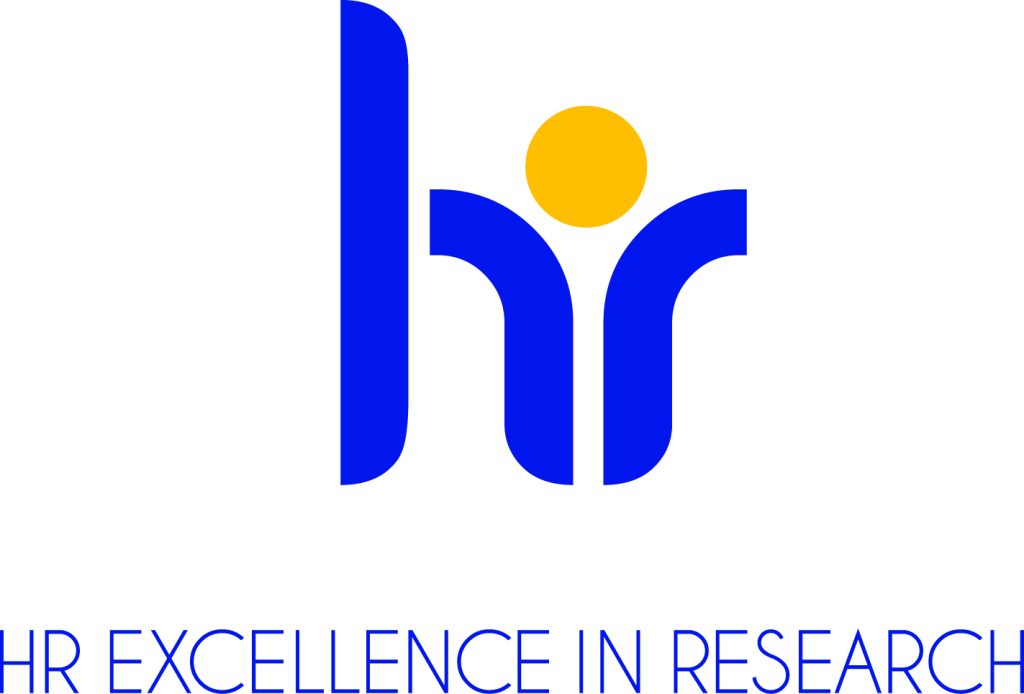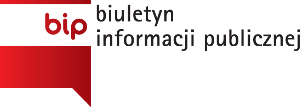„Medycyna Nowożytna” T. 23, 2017, fasc. 1
12.11.2017 | 12.02.2022
Dorota Angutek – The Paradigm of Classical Homeopathy in Perspective of Cultural Anthropologic Conceptions of Magic Thinking
In the article the author interprets Hahnemann’s method of cure as example of magic practice and magic kind of thinking. In spite of fact magic is treated as illogic system, the author does not evaluates magic as an irrational and non empirical discipline, but as cultural phenomenon that has to be described without any axiological involvement by social scientist. Among a few anthropological theories of magic there are objective and subjective ones. The former describes magic as illogical and irrational system of thinking and acting, if we compare magic with European modern thinking. But, if magic, including homeopathy, we will treat as subjective cultural models of thinking, we have to agree that they are also rational for people who assume it as effective one, in their point of view. Angutek describes homeopathy in scope of latter mentioned theories of magic, and interprets Hahnemann’s method and its basic philosophy as opposite to classical medicine, which cure illness, and homeopathy supports spiritual power of organism’s health. This orientation is also characteristic for cure of magic and folk medicine. Homeopathy it is popular now in Europe because many dimensions of popular culture have got magic features in modernday.
Olga Gala – Prescription medicines of Knight Hospitallers in Cieszyn in yers 1946-151
This thesis is showing prescription medicines produced in the Cieszyn Pharmacy of Knight Hospitallers in years 1946 – 1951.
The care of the Sick and the help to needing people were a domain of the Church from immemorial time. Particularly much on this field Brothers of the Mercy made. Their other popular names were: Knight Hospitallers, Merciful Brothers of St. Jan Boży, Good Brothers and Hospital Brothers. They have been serving poor, suffering and skipped sick people running hospitals, nursing homes and pharmacies. The last ones provided medicines – for sick people staying within the monastery free of charge, but for people from the outside – behind the payment.
A founder member of the Order of Knight Hospitallers was Jan Ciudad, born in 1495. He devoted himself entirely to the service for the Sick, living in poverty with the poorest. Due to his life full of acts of the mercy, he gained the God’s nickname. Partners of Jan Boży continued an activity initiated by him, opening next hospitals, providing the care and the treatment for sick people.
In Poland the first hospital of Knight Hospitallers was founded in Cracow. To Cieszyn they were got in 1700. After loss of the independence through Poland the invaders commenced a dissolution of polish orders. The Cieszyn convention was one of these wchich survived. After 1918 the Order of Knight Hospitallers started reviving. In the interwar period the Good Brothers rebuilt and modernised regained hospitals, from which they had to leave again for the duration of the World War II and a German occupation. A few years after the war, socialist authorities ended hospitals run by Brothers of the Mercy and took their pharmacies over.
The Pharmacy of Knight Hospitallers in Cieszyn is considered to be opened in 1694 or 1700. It is probably in the same place from 1719 by now. For many years it provided with medicines both patients of the hospital, and sick people from the outside.
In years 1946 – 1951the Pharmacy of Knight Hospitallers in Cieszyn was being carried out prescription medicines in different forms. They have been producing and selling: powders, herbs, pills, suppositories, ointments, solutions, drops, syrups, blends and barren medicines. The most often prepared medicines were: powders, ointments and solutions. The majority of preparations contained natural plant raw materials or their preserves. For medicinal properties of all preparations were responsible some active substances contained in them.
Majority of healing substances universally used in the analysed period isn’t being used in the prescription at present or generally in the health care. Presented recipes for prescription medicines with comments accompanying them enable the Reader getting to know individual forms of medicines produced in the Cieszyn Pharmacy of Knight Hospitallers in the analysed period and their elements.
Sylwia Kuźma-Markowska – Caring for the „Children of Tomorrow“: American Child Welfare Initiatives in the Second Polish Republic
The article is devoted to the child welfare initiatives that the voluntary and humanitarian organizations from the Unites States began in post-World War I Poland. The main emphasis is put on the most salient of these initiatives: the re-organization and opening of infant welfare stations by the American Red Cross (ARC). In the early 1920s, ARC established, modernized and equipped about 70 stations in Polish cities and towns, offering a multifold program of child welfare. The program included the oversight over infant feeding practices, regular weighting and measuring of children in order to ensure its proper physical development, instructions about child rearing offered to infants’ mothers as well as public health nurse visiting.
The American infant feeding and child rearing ideals and norms that the American Red Cross aimed to transfer to postwar Poland were however not always encountering the acceptance and understanding of Polish mothers and Polish medical personnel. In poverty-stricken post-war Poland, impoverished mothers treated ARC infant welfare stations mainly as the best source of pure and affordable milk for their undernourished children. The medicalization of infant feeding and child rearing, which constituted the pinnacle of the ARC child welfare program, was thus frequently meeting opposition of local mothers accustomed to wielding control over the feeding of their children.
Igor Robak, Tadeusz Srogosz – Polish track in the history of Faculty of Medicine at Kharkiv Imperial University: professor Theodor M. Openhovsky (1853–1914)
The article deals with a research and analysis of the life, activity and creative heritage of the outstanding Kharkiv scientist and physician of a Polish descent Theodor M. Openhovsky who more than twenty years worked as a professor at the medical faculty of the Kharkiv Imperial University where he headed therapeutic departments. The authors came to the conclusion that T.M. Openhovsky made a significant contribution to the development of medicine. Therefore a cooperation of Polish and Ukrainian researchers in working on this problem is not only reasonable but necessary because of a dispersion of historical sources and literature.
Marian Surdacki – Hospitals in the service of the former Polish society. An attempt to typlogize
From the beginning of Christianity to the Enlightenment charity was carried
out in hospitals, which constitute the basic form of social welfare. In the old days the hospital was basically asylum, having the character of caring, not like in these days of treatment. On the Polish territory were several types of hospitals: Convents Hospitals asylumus with hospitals churches, parishes asylum. The main group of patients wasn’t sick people. In medieval and modern times Hospitals are generally institutions that were to care everyone in need. In those days was also a samll group of Special Hospitals who was care a special pauperes category, eg. in patients suffering from infectious diseases, women, priests, children, representatives specialists, converts, pilgrims, students. This article is about typology of Hospitals and about on their due to their destiny.
Maria Joanna Turos – „Camp surgery ” by Jan Tomorowicz or algorithms of conduct two centuries ago.
Text brings out from oblivion Polish medical book by John Tomorowicz, which due to the layout of the text and structure of the chapters can be considered as the prototype of the modern compendiums emergency medicine.
Bożena Urbanek – Vilnius scientific institutions of the Stefan Batory University on the examples of some nonsurgical clinics in the years 1919-1934
Clinics as well as the related nonsurgical departments of: internal medicine, neurology, pediatrics and psychiatry were organized in Vilnius since the beginning of Polish state structures covering the city and reactivating the Vilnius University, i.e. since 1919, thenceforth under the invocation of Stefan Batory – the Polish King. However, the intensification of these actions took place only in the years 1922-1923. That was mainly due to the ongoing military actions in 1920, which interrupted the organizational works at the University. That situation was influenced by the shortage of scientific staff caused, among others, by their participation in fights and evacuation from the city.
As one of the first institutions of this type, the clinic and department of neurology, was intended to be established already in 1919, while the position of its head was going to be entrusted to Dr. Stanisław Karol Władyczko. However, it was succeeded only at the end of January 1923 conferring the title of Professor to Dr. S.K.Władyczko. It resulted from difficult conditions, including financial ones, as well as the lack of appropriate rooms intended for clinical use. A similar situation concerned other established scientific units which are discussed in the article. The author attempts to depict the great effort of establishing and functioning Vilnius clinics and departments in the first period of the Medical Faculty of that University in the eastern parts of Poland in the interwar period mainly on the basis of sources of both National Archive in Vilnius (Lietvas centrinis volstybes archywas) and Polish Special Collections of Main Medical Library.


 Wróć
Wróć
